



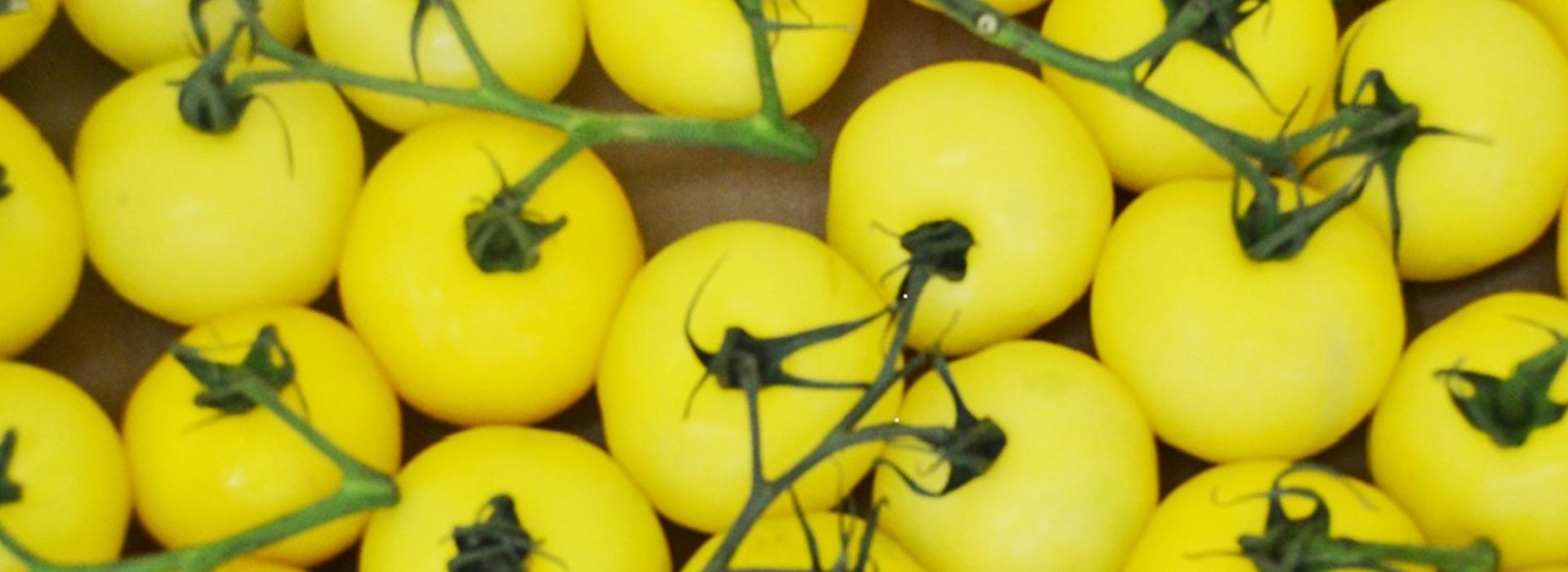

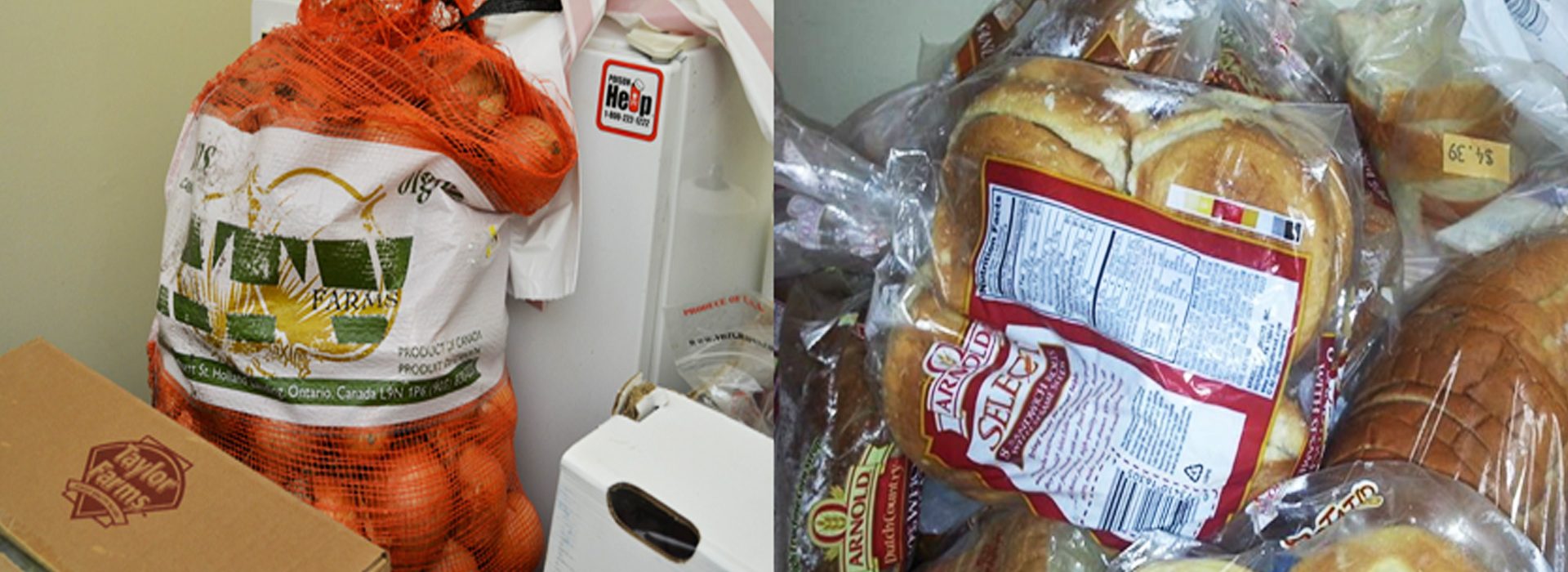


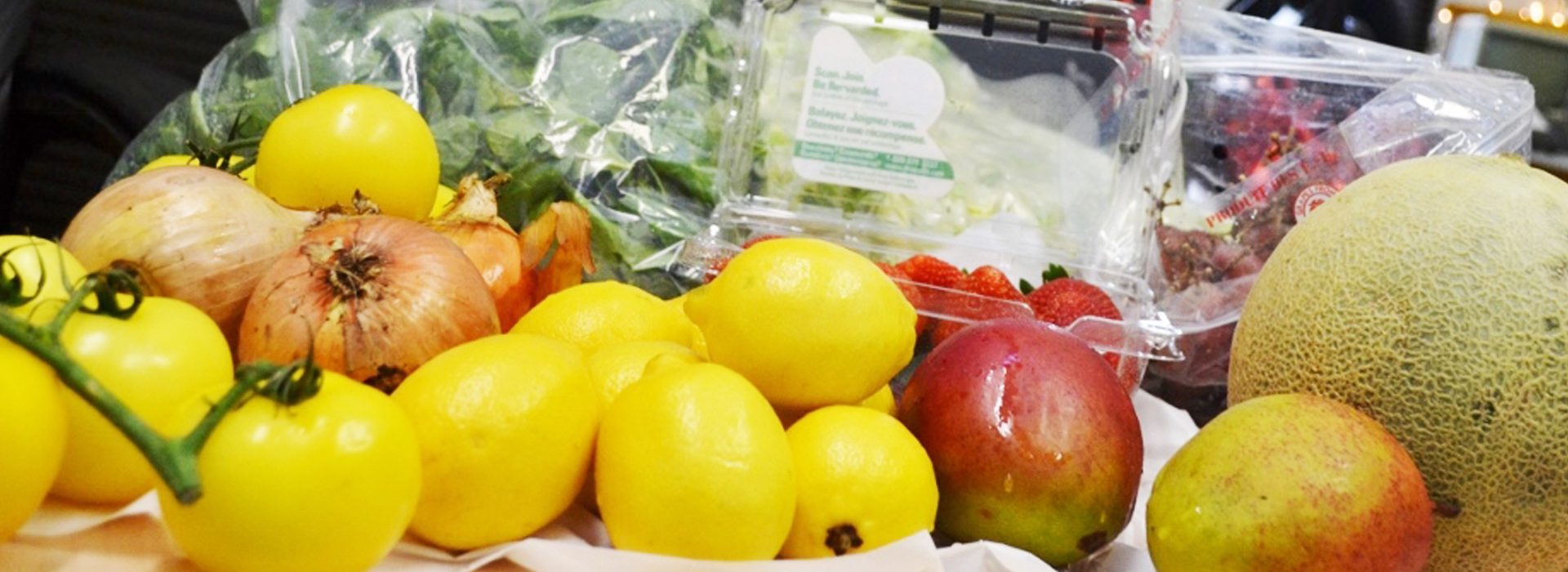
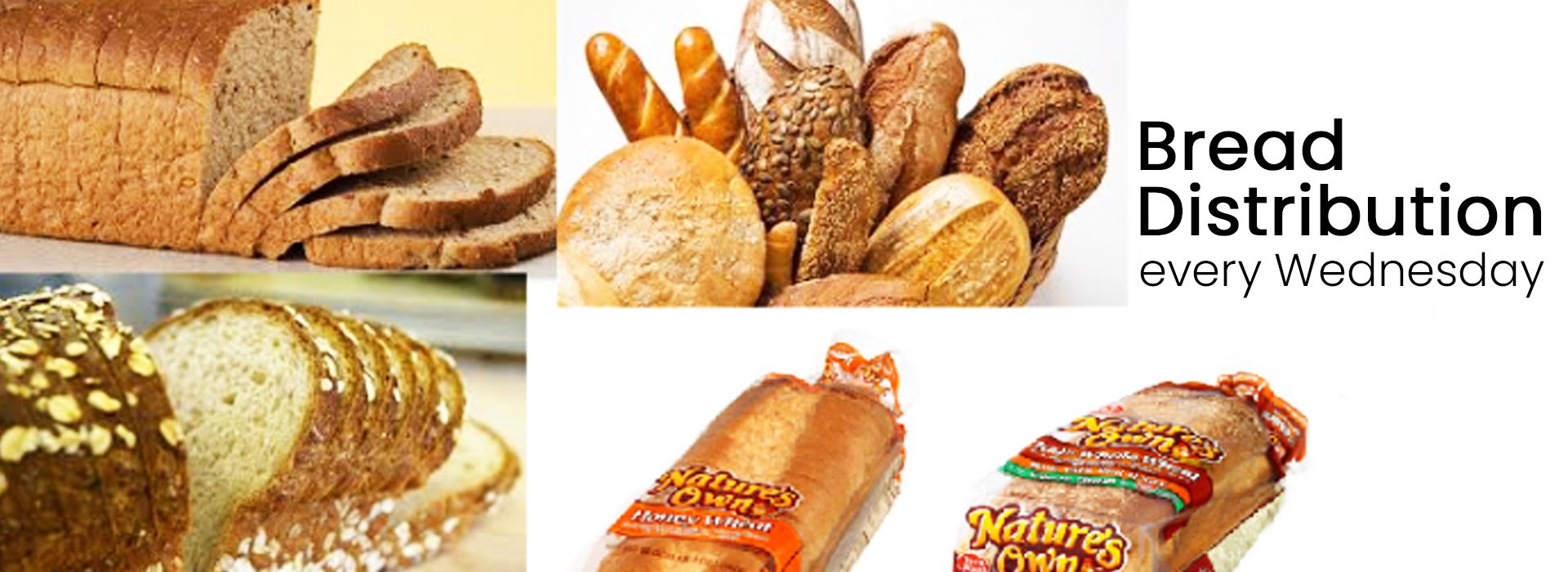



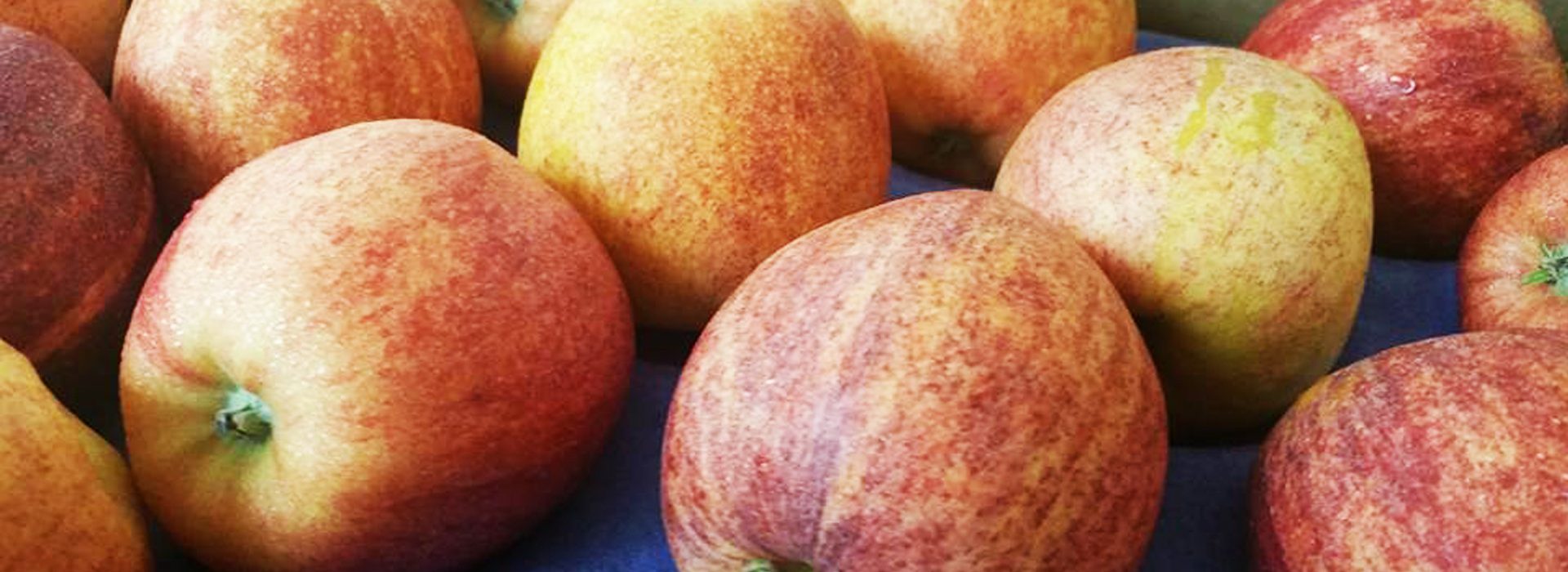
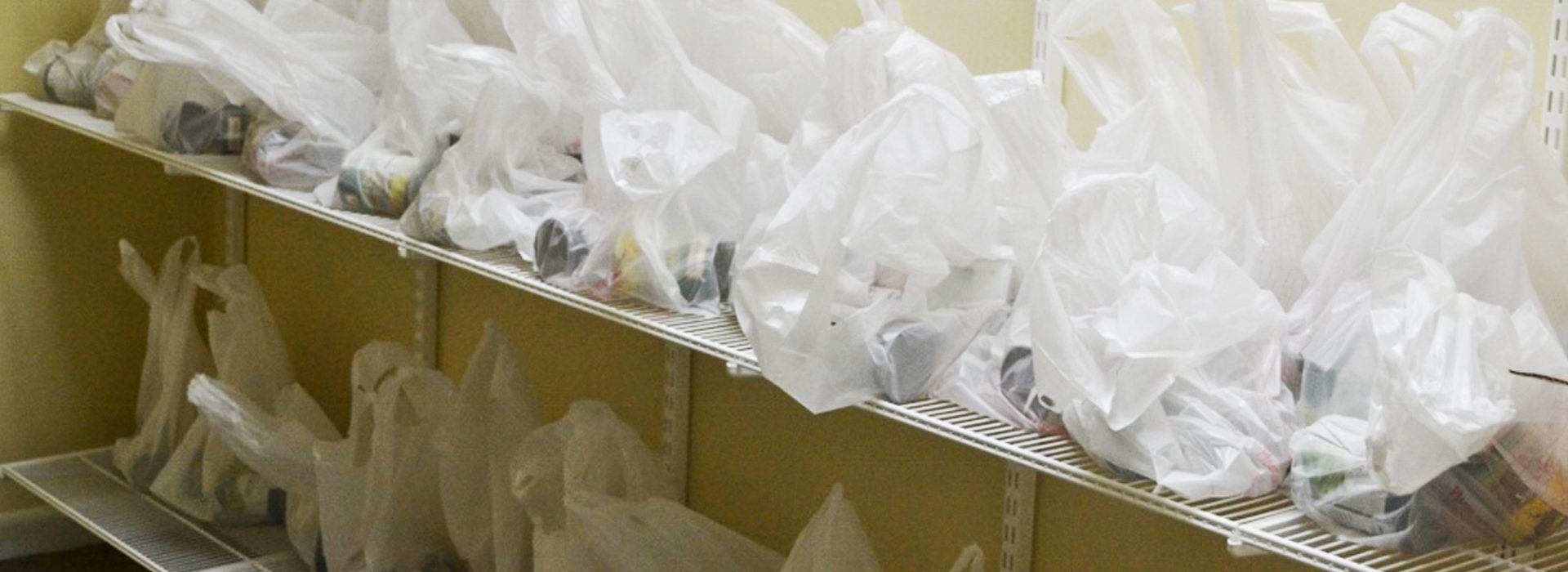
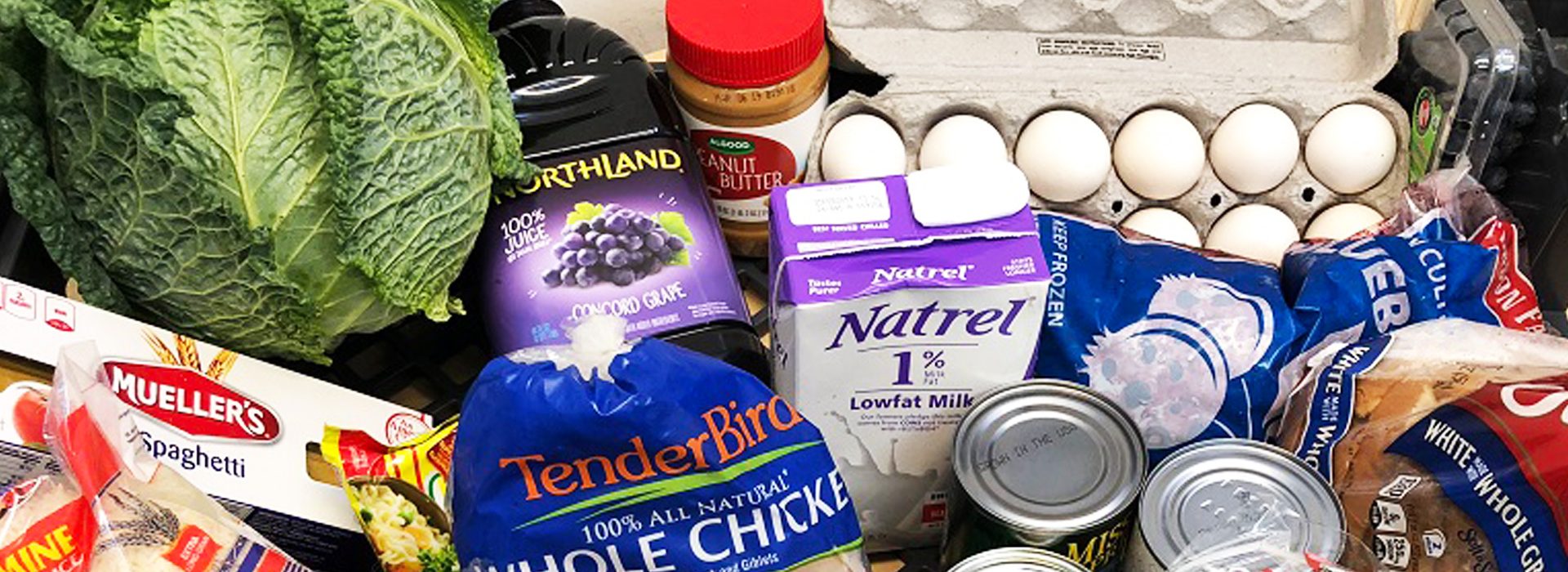



DID YOU KNOW?
You can Grow Your Own Vegetables.
Here is How
This program encourages our youth to learn the basics of gardening and grow their own little personal garden. By appreciating the cycle of life in their fresh fruit and vegetables, it is hoped that healthy eating habits will be increased.
You will need :-
- A small shovel
- Topsoil
- 1 piece of timber
- timber nails or fasteners
Note: (All these items can be purchased at your local home improvement store)
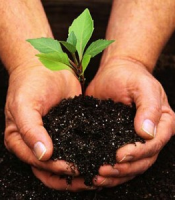
Find a sunny, level spot in your backyard. The box can be made from any size lumber—the larger the pieces, the better. Cedar or redwood timbers look nice and are naturally weather-resistant. Pressure-treated wood is a less expensive. Preliminary EPA tests have shown today’s treated lumber to be a safe material for use in vegetable and herb beds. You can purchase lumber at your nearest home improvement store. Raise the box at least a foot off the ground—this gives the plant roots room to grow. Stick with 4 feet or less for the width, the length limit depends on the size of your lumber. To cover a larger area, build side-by-side beds with room to walk between them. Because the bed’s first timbers are partially buried, you’ll need to guard against rot by laying 2 inches of gravel beneath them. This promotes drainage and also provides a solid footing. For the bed itself, line the bottom with more gravel and drill weep holes through the timbers’ sides.
Use nail or fasteners to hold pieces with timber screws. Shovel in the topsoil, and plant your new garden.
Happy planting!

